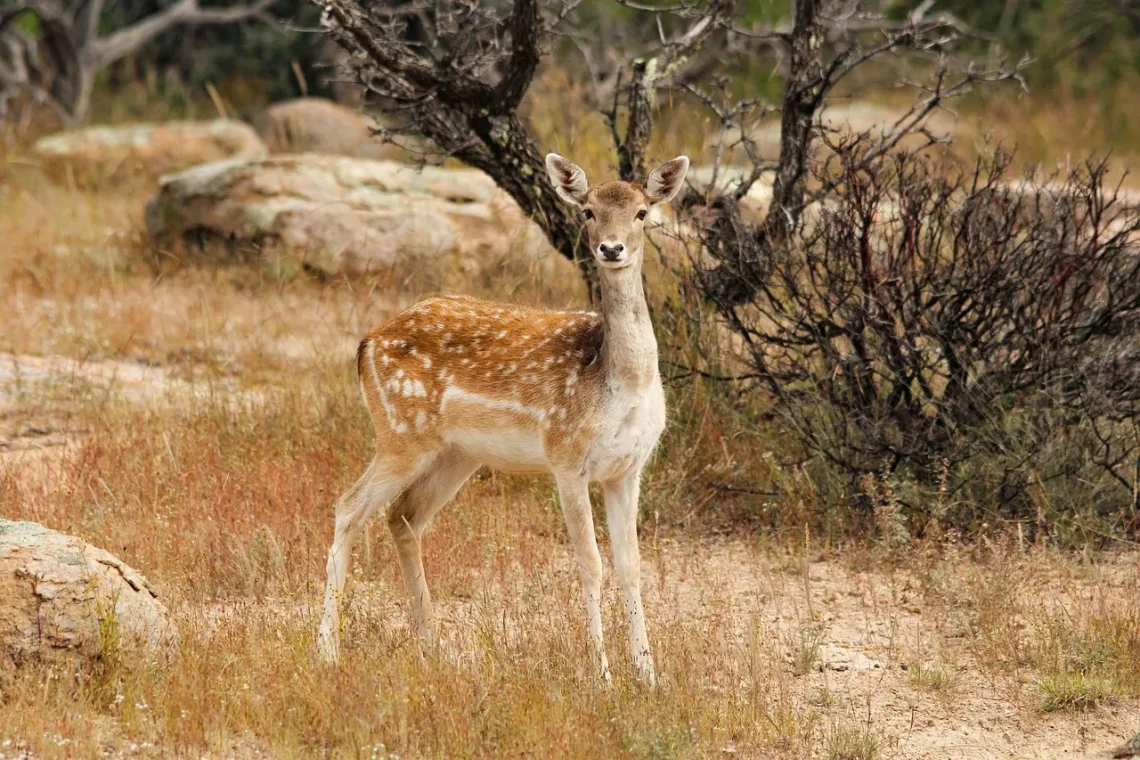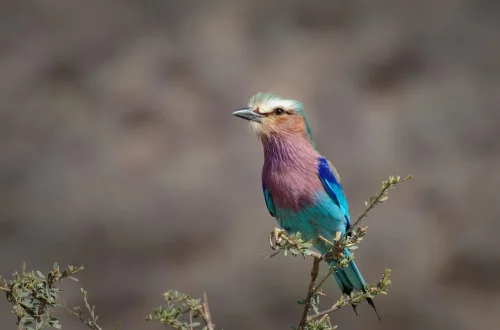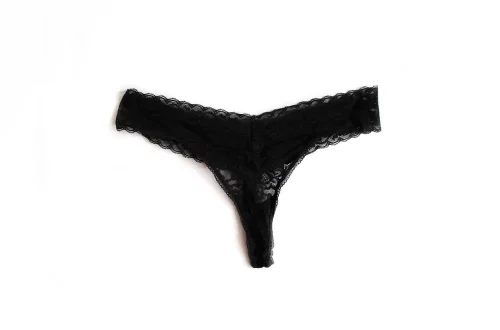
Do Deer Eat Hay? Understanding Their Dietary Preferences
Understanding the dietary habits of deer is crucial for those involved in wildlife management, agriculture, and even gardening. These graceful creatures are known for their adaptability, able to thrive in various environments from dense forests to open fields. Their diets can vary widely based on seasonal changes and regional availability of food sources.
Deer are herbivores, primarily consuming a variety of plants, leaves, fruits, and nuts. However, the question arises: how do they respond to hay, a common feed option in agricultural settings? Hay is often used as a food source for livestock, but its suitability for deer can sometimes be overlooked.
Understanding deer feeding behavior can provide insights into how to manage their habitats effectively, ensuring that they have access to a balanced diet that supports their health and well-being. This knowledge is also beneficial for those looking to attract deer to their property for wildlife observation or hunting.
In this exploration, we will delve into the dietary preferences of deer, focusing on hay as a potential food source. We will examine their natural eating habits, the nutritional value of hay compared to other food options, and the implications for those who wish to support deer populations.
Natural Diet of Deer
Deer are widely recognized as ruminants, a classification that denotes their unique digestive process. This process involves multiple stomach compartments that help them efficiently break down fibrous plant material. In the wild, deer primarily consume a diverse range of vegetation, including leaves, shoots, fruits, and flowers. Their diet changes with the seasons, reflecting the availability of different plant species.
During the spring and summer months, deer tend to favor tender green foliage and young shoots, which are abundant in their natural habitats. These foods are rich in moisture and nutrients, essential for their growth and reproduction. In the fall, their diet shifts as they begin to consume acorns and other nuts, which provide the necessary energy reserves for the winter months.
As winter approaches and food becomes scarce, deer will adapt their diets to include more woody browse—bark and twigs from shrubs and trees. This adaptability enables them to survive in varying environments, yet it raises a question about the suitability of hay as a supplementary food source.
The Role of Hay in Deer Nutrition
Hay is primarily composed of dried grass and legumes, and it serves as a common feed for livestock during periods when fresh forage is not available. For deer, hay can provide some nutritional benefits, especially during winter months when natural food sources are limited. However, it is essential to understand that hay is not a complete substitute for their natural diet.
The nutritional value of hay varies significantly depending on its type, quality, and how it has been harvested and stored. Alfalfa hay, for instance, is rich in protein and calcium, making it a more appealing option for deer compared to grass hay, which may have lower nutritional content.
However, while hay can be beneficial, it should not form the bulk of a deer’s diet. Relying too heavily on hay can lead to nutritional imbalances. Deer require a range of nutrients that are best obtained from a diverse diet of fresh forage. If hay is offered, it should be used as a supplement rather than a primary food source.
Moreover, deer may not readily consume hay unless they are accustomed to it, especially if they have not been exposed to it in their natural foraging habits. Therefore, introducing hay into their diet should be done gradually to ensure that they accept it without adverse effects.
Seasonal Considerations for Feeding Deer
Understanding the seasonal changes in deer feeding behavior is crucial for effective wildlife management. Each season presents its own challenges and opportunities for deer nutrition.
In the spring and summer, deer have access to a wide array of fresh vegetation, making them less reliant on supplemental feeding. During these months, they tend to focus on high-quality forage that supports growth and lactation for does. Therefore, the introduction of hay during this period may not be necessary or beneficial.
As the seasons transition into fall and winter, the availability of fresh forage decreases significantly, prompting deer to seek alternative food sources. This is when hay can play a more significant role in their diet, particularly if natural options are limited.
However, it is essential to consider the quality of hay being offered. Poor-quality hay can be low in nutrients and may even contain mold or contaminants that could harm deer. During this time, ensuring that any hay provided is fresh, clean, and high-quality is vital for supporting deer health.
Furthermore, monitoring deer behavior and body condition during winter can help determine if supplemental feeding is necessary. If deer appear to be struggling to find food, introducing hay may provide the necessary support to help them survive until spring.
Best Practices for Supplementing Deer Diets
When considering the supplementation of deer diets with hay, several best practices can enhance the effectiveness of this approach. First and foremost, it is crucial to offer high-quality hay that is free from mold and contaminants. Testing hay for nutritional content can also provide insights into its suitability for deer.
Another important aspect is to introduce hay gradually. Deer may initially be hesitant to consume hay, especially if they are not accustomed to it. By mixing hay with other favored foods, such as grains or fresh browse, it can encourage deer to try it without overwhelming them.
Additionally, providing access to hay in a designated feeding area can help manage the health of deer populations. This practice can minimize the spread of disease and prevent overgrazing in specific locations, allowing for healthier habitats.
It is essential to monitor deer regularly, observing their body condition and feeding behavior. This can help inform whether the hay supplementation is effective and if adjustments are necessary.
Lastly, it is always advisable to consult with wildlife management professionals or veterinarians when implementing any changes to deer feeding practices. Their expertise can provide valuable insights into the specific needs of deer populations in different regions and seasons.
In conclusion, while deer can eat hay, it should be viewed as a supplemental food source rather than a primary one. Understanding their natural dietary preferences and seasonal behaviors can significantly enhance the management and conservation of deer populations.
—
**Disclaimer:** This article is for informational purposes only and is not intended as medical advice. For any health-related concerns or dietary questions regarding deer, please consult a qualified wildlife expert or veterinarian.




